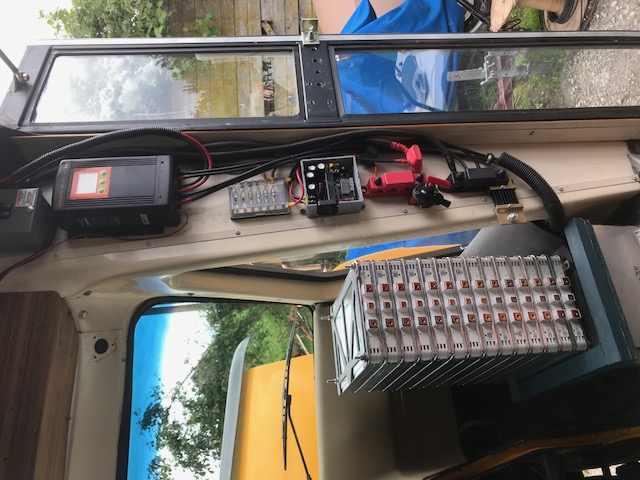




 1
1




 1
1








 2
2









































 1
1








 1
1




any idea how old the belt is? Tensioner and new belt as mentioned above. There is a belt resin they sell for squeaky belts. Might be good for a try to see if you can get more amps with more friction then judge if it's worth changing belts.Jeremy Baker wrote:I think it’s a full 1” wide serpentine belt. Yes, I’ve been adjusting the amperage. I started at 40 amps, it didn’t like that, then 20, 30, now 35 amps on and off all day today. It doesn’t squeal terribly but enough to be irritating. It’s worse when it’s cold engine.








something like this... it's not a permanent solution...Jeremy Baker wrote:Ive had the bus 1.5 years and this belt was on it when I got it. No idea how old it is. It’s topping the priority list now. I wasn’t aware of belt resin?
 1
1









|
The City calls upon her steadfast protectors. Now for a tiny ad:
The new kickstarter is now live!
https://www.kickstarter.com/projects/paulwheaton/garden-cards
|



